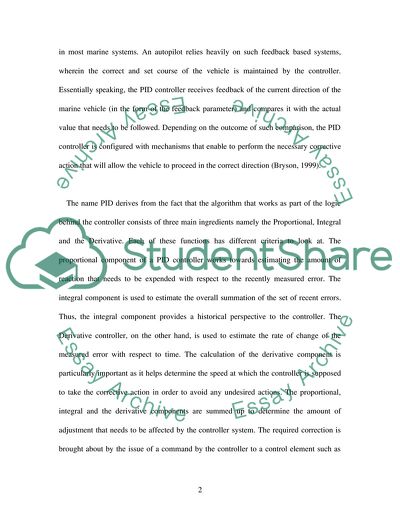Cite this document
(Automatic Controllers for Marine Engineering Systems Case Study - 1, n.d.)
Automatic Controllers for Marine Engineering Systems Case Study - 1. Retrieved from https://studentshare.org/engineering-and-construction/1709071-distinguish-between-pid-and-robust-and-optimal-controllers-for-marine-engineering-systems-additionally-discuss-situations-where-one-type-of-controller-may-be
Automatic Controllers for Marine Engineering Systems Case Study - 1. Retrieved from https://studentshare.org/engineering-and-construction/1709071-distinguish-between-pid-and-robust-and-optimal-controllers-for-marine-engineering-systems-additionally-discuss-situations-where-one-type-of-controller-may-be
(Automatic Controllers for Marine Engineering Systems Case Study - 1)
Automatic Controllers for Marine Engineering Systems Case Study - 1. https://studentshare.org/engineering-and-construction/1709071-distinguish-between-pid-and-robust-and-optimal-controllers-for-marine-engineering-systems-additionally-discuss-situations-where-one-type-of-controller-may-be.
Automatic Controllers for Marine Engineering Systems Case Study - 1. https://studentshare.org/engineering-and-construction/1709071-distinguish-between-pid-and-robust-and-optimal-controllers-for-marine-engineering-systems-additionally-discuss-situations-where-one-type-of-controller-may-be.
“Automatic Controllers for Marine Engineering Systems Case Study - 1”. https://studentshare.org/engineering-and-construction/1709071-distinguish-between-pid-and-robust-and-optimal-controllers-for-marine-engineering-systems-additionally-discuss-situations-where-one-type-of-controller-may-be.


